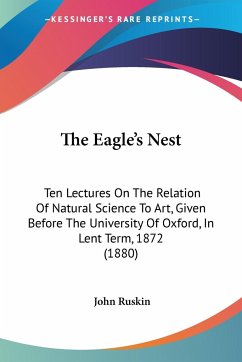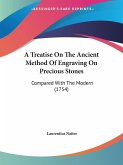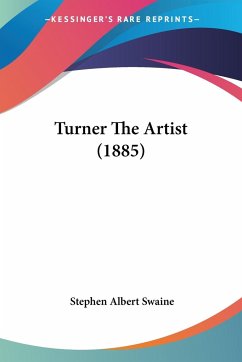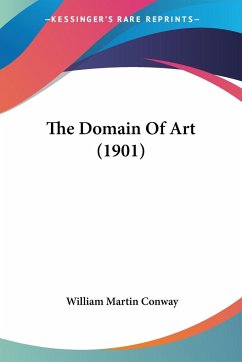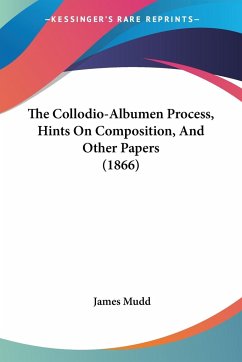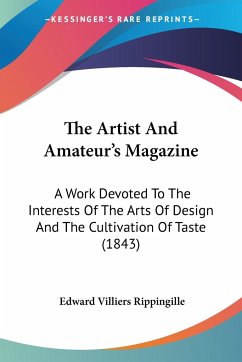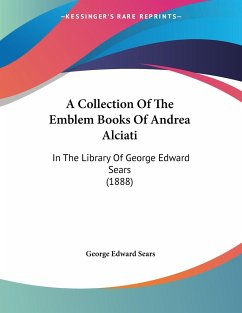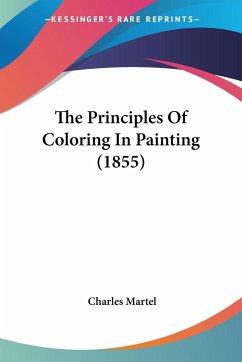The Eagle's Nest is a book written by John Ruskin, a renowned English writer and art critic. The book is a collection of ten lectures given by Ruskin at the University of Oxford during the Lent Term of 1872. The lectures explore the relationship between natural science and art, and how the two fields can be used to enhance each other.Ruskin begins by discussing the importance of observation in both science and art, and how the two fields can help us better understand the world around us. He then goes on to discuss how the principles of science can be applied to art, and how art can be used to communicate scientific ideas.Throughout the book, Ruskin uses examples from nature and art to illustrate his points. He discusses the beauty of natural forms, such as mountains and clouds, and how they can inspire artists to create works of art. He also talks about the importance of color, light, and perspective in art, and how these elements can be used to create a sense of depth and realism.Overall, The Eagle's Nest is a fascinating exploration of the relationship between natural science and art. Ruskin's insights and observations are still relevant today, and the book is a must-read for anyone interested in these two fields.This scarce antiquarian book is a facsimile reprint of the old original and may contain some imperfections such as library marks and notations. Because we believe this work is culturally important, we have made it available as part of our commitment for protecting, preserving, and promoting the world's literature in affordable, high quality, modern editions, that are true to their original work.
Hinweis: Dieser Artikel kann nur an eine deutsche Lieferadresse ausgeliefert werden.
Hinweis: Dieser Artikel kann nur an eine deutsche Lieferadresse ausgeliefert werden.

